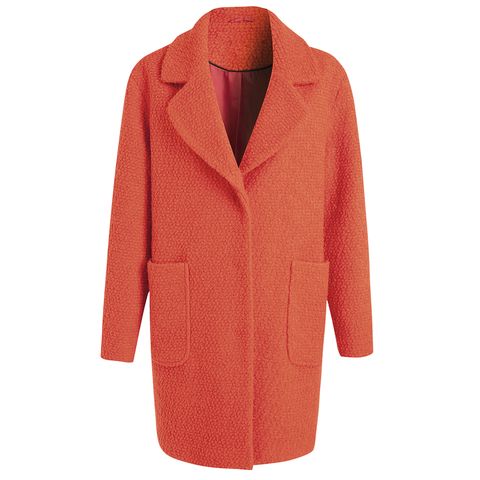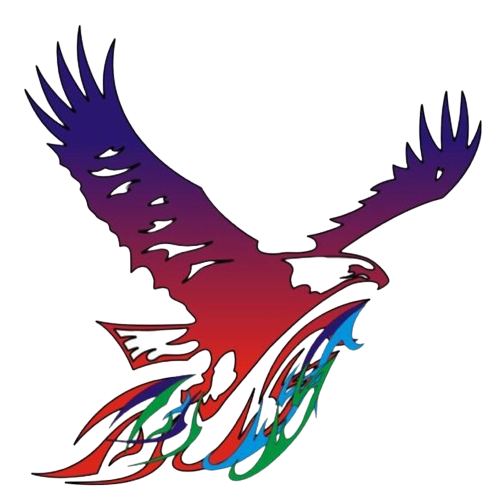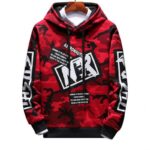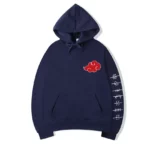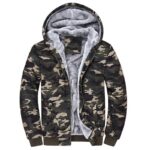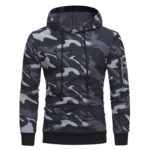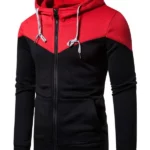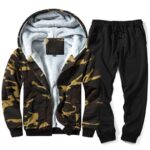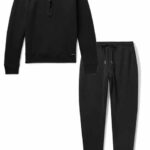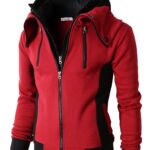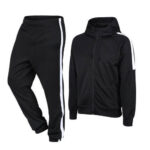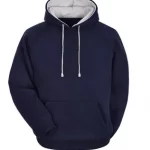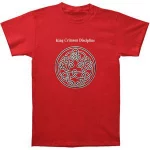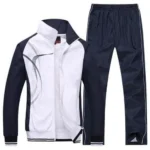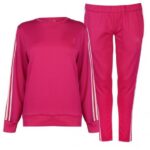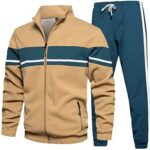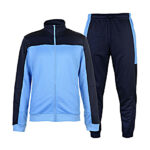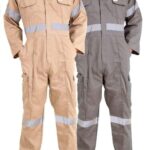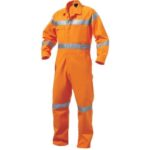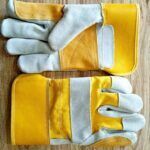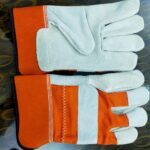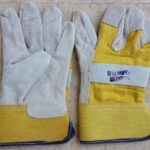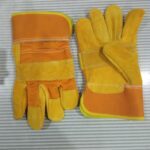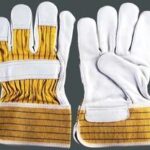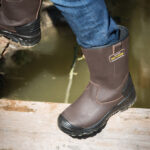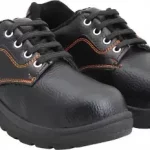Tajir EnterprisesTextile
Tajir Textile, any filament, fibre, or yarn that can be made into fabric or cloth, and the resulting material itself. The term is derived from the Latin textilis and the French texere, meaning “to weave,” and it originally referred only to woven fabrics. It has, however, come to include fabrics produced by other methods.
General Garments
Sports Wear
Work Wear
Working Gloves
Safety Shoes
Why is textile so important?
Textiles have been identified as the catalyst of technological changes and thus their importance during the Industrial Revolution cannot be overstated. The application of steam power stimulated the demand for coal. The demand for machinery and rails stimulated the iron industry.

The textile industry is primarily concerned with the design, production and distribution of yarn, cloth and clothing. The raw material may be natural, or synthetic using products of the chemical industry.
Is textile an art?
Textile art is art that uses varying materials and fibres to produce decorative, artistic objects. It’s one of the oldest forms of art in history and has played a part in practical and decorative man-made objects for hundreds of thousands of years.
The first actual textile, as opposed to skins sewn together, was probably felt. The first known textile of South America was discovered in Guitarrero Cave in Peru. It was woven out of vegetable fiber and dates back to 8,000 B.C.E.
Single Guide Bar Fabrics: Characteristics, Types, Structures and Uses
Single Guide Bar Fabrics:
Single guide bar fabrics are the simplest warp knitted fabrics, produced from one guide bar, usually by full threading. All yarns in such fabrics have the same orientation, and the forces in the loop heads are often come in equilibrium after deformation of the structure, so the loops can have different angles. Single guide bar fabrics can be interpreted as the basic element, which is used for the design of more complex structures and multiple bar structures. The multi bar structures are a combination of several single bar structures, but not all pattern and threading of single guide bars produce stable structures.
Different Types of Single Guide Bar Fabrics:
- Pillar stitch chains
- Cord stitch fabrics
- Tricot stitch fabrics
- Satin and velvet fabrics
- Atlas fabrics
- Combined stitches
Cord stitch fabrics:
Cord stitch fabrics at full threading can be recognized through the underlap behind one loop. The configuration with closed loops in simulated and photographic images is represented in Figure 2. The underlaps determine the optics of the technical face side Figure 2. f), while on the technical back the loop faces are visible Figure 2 g). The loops in the relaxed stay are more declined to the horizontal side in comparison to the loops of the tricot stitch, because of the larger paths to left and right.
Tricot stitch fabrics:
Tricot fabrics are the simplest plain fabrics, where the individual chains are connected at every course. The example structure with closed lap is demonstrated in Figure 3 as idealized simulation
Satin and velvet fabrics:
For the structures, where longer oatings of the yarns are needed, the satin (under 3 over 1) and velvet (4 – 1 or under 4 over 1) lapping in full threading are used. These structure have more shine and a smooth technical face because of the longer underlaps. Using partial threading – 1 in 2 out or (A..) for satin or 1 in 3 out (A…) for velvet can be used as well for production of tricot fabrics with lower density. Using velvet with 1 in 1 out (A.) leads to a cord fabrics with lower density.
REQUEST
A CALL BACK
A CALL BACK
Call For any Information
Call +92 3066889292
